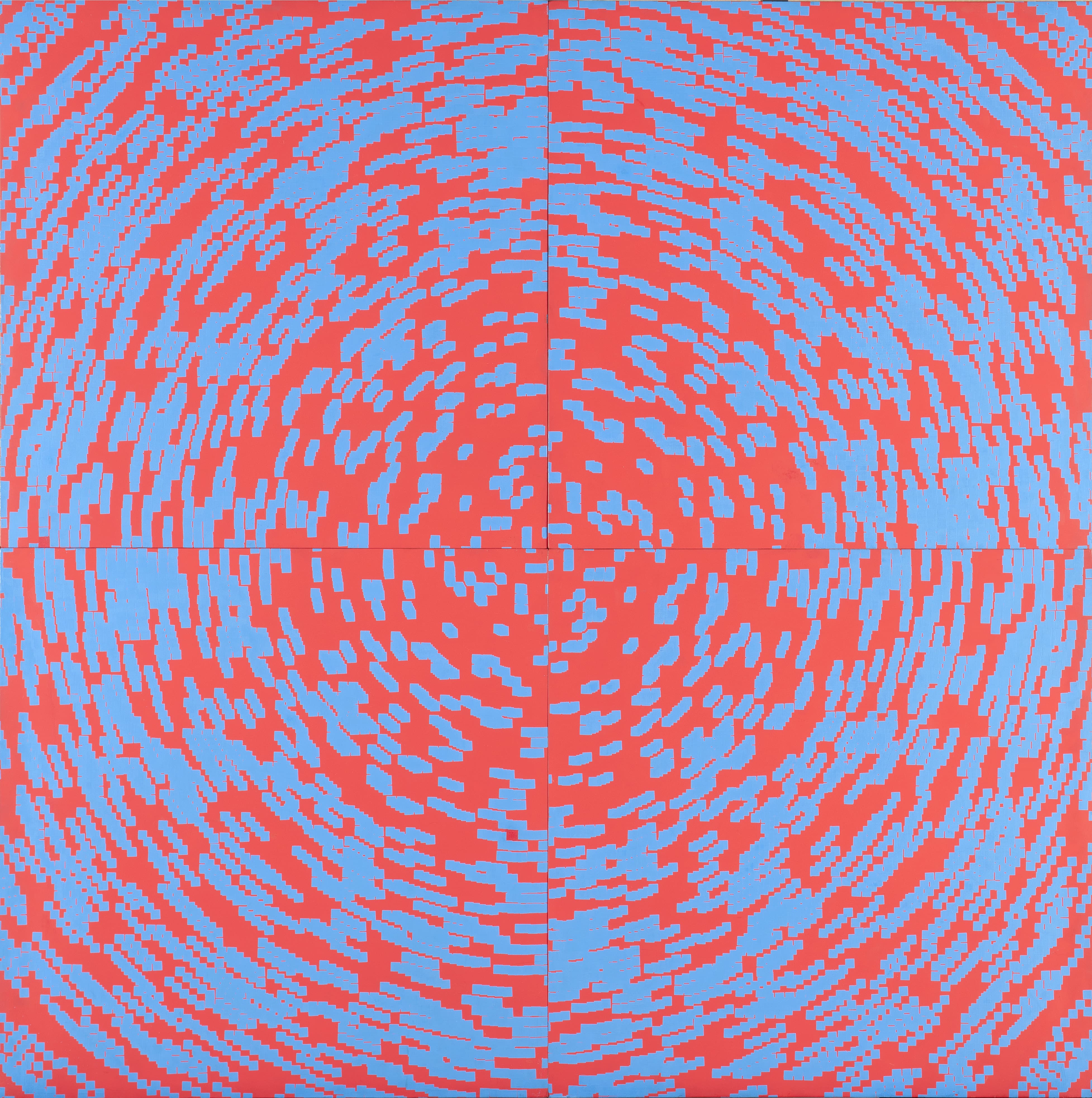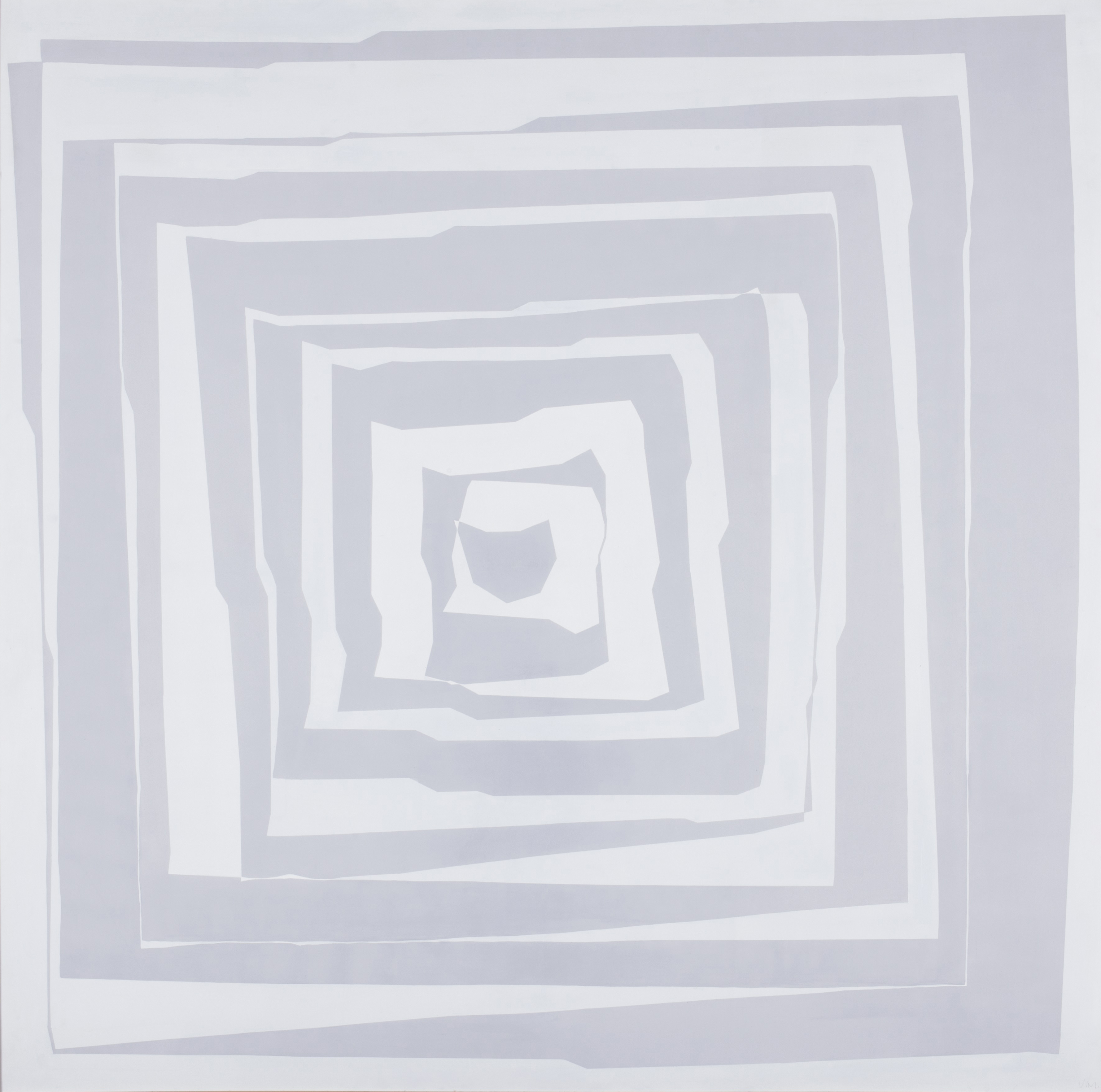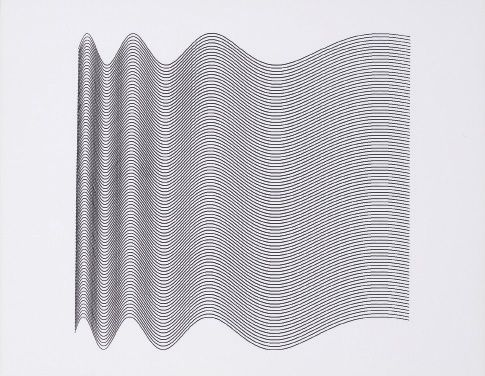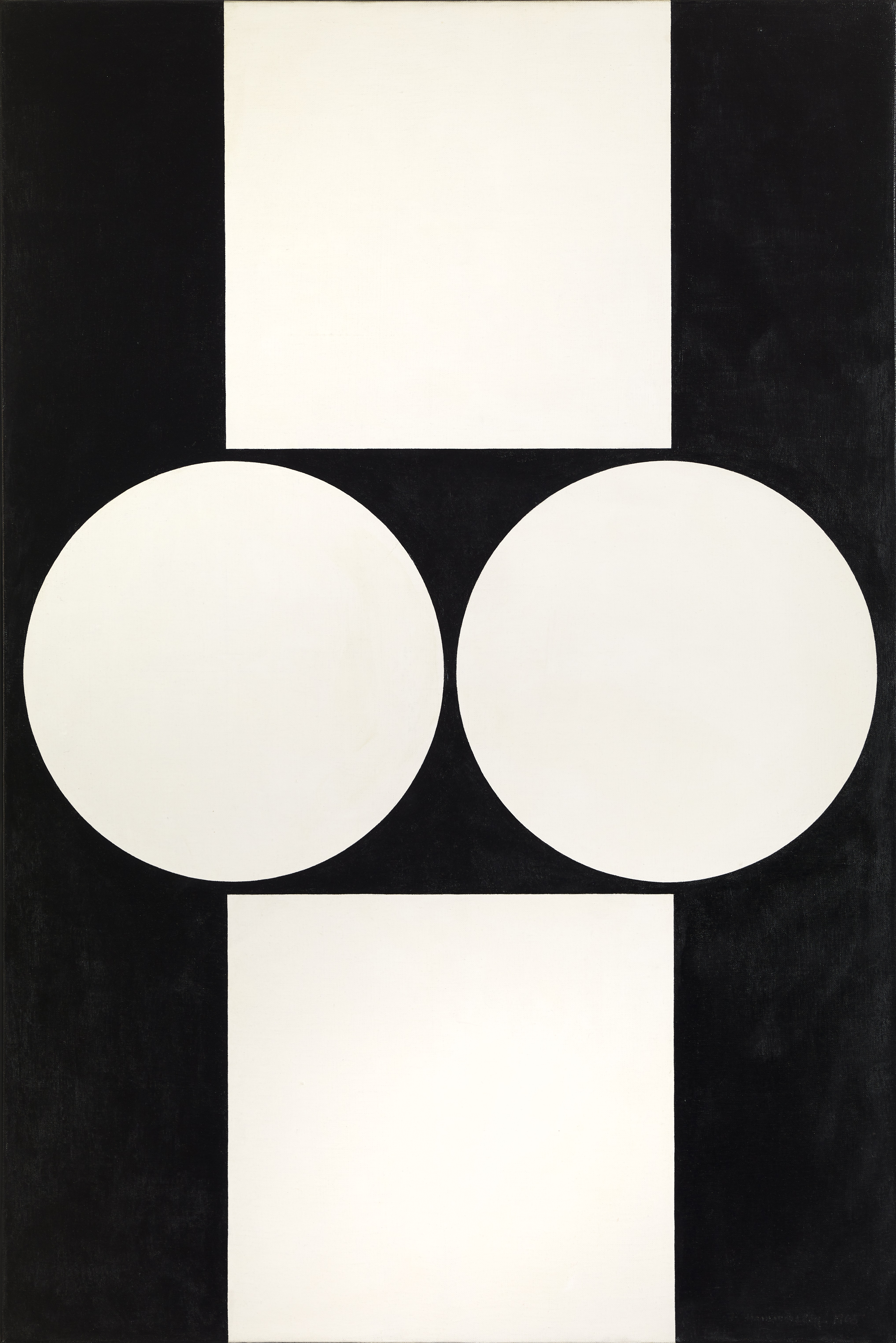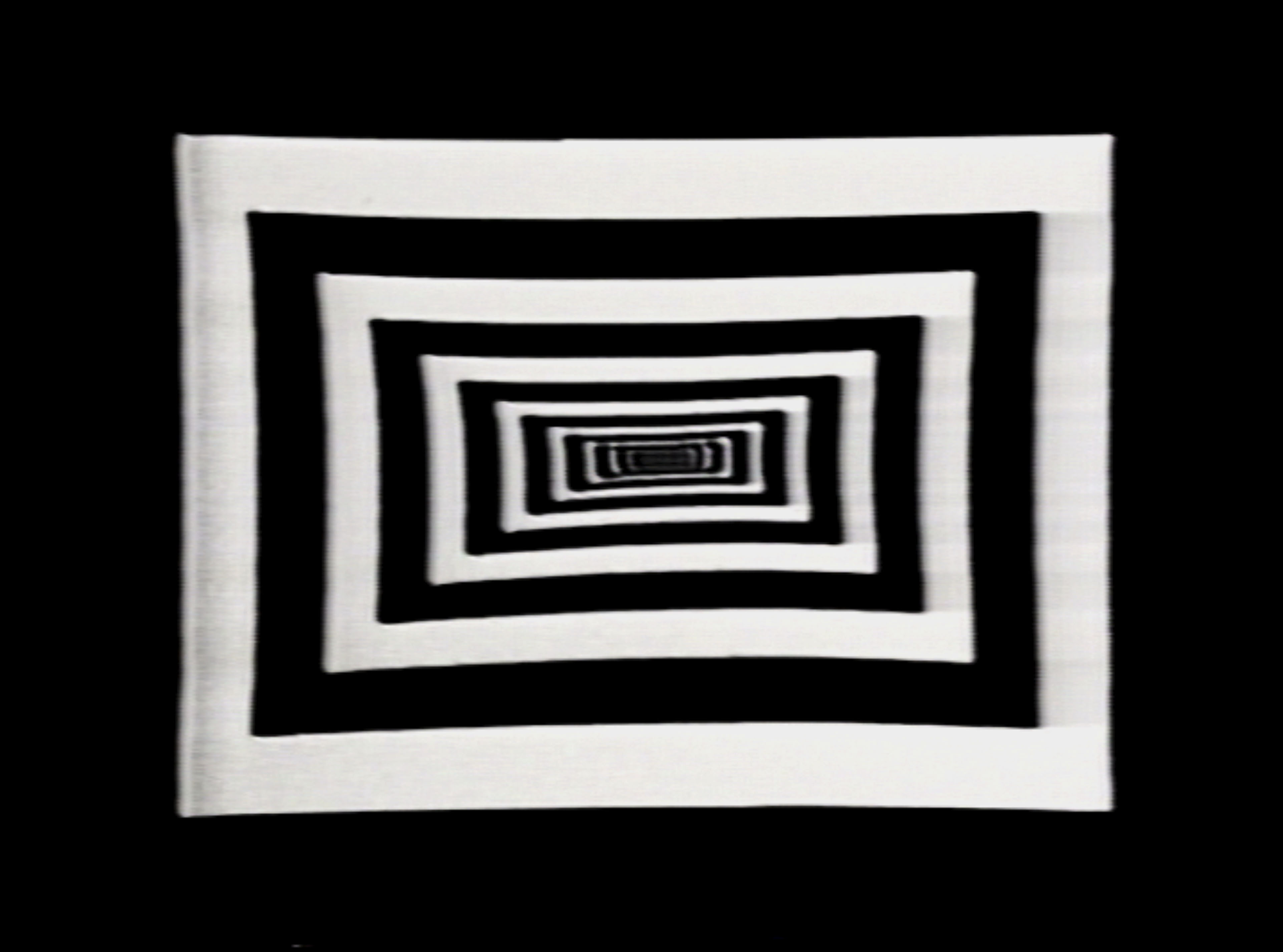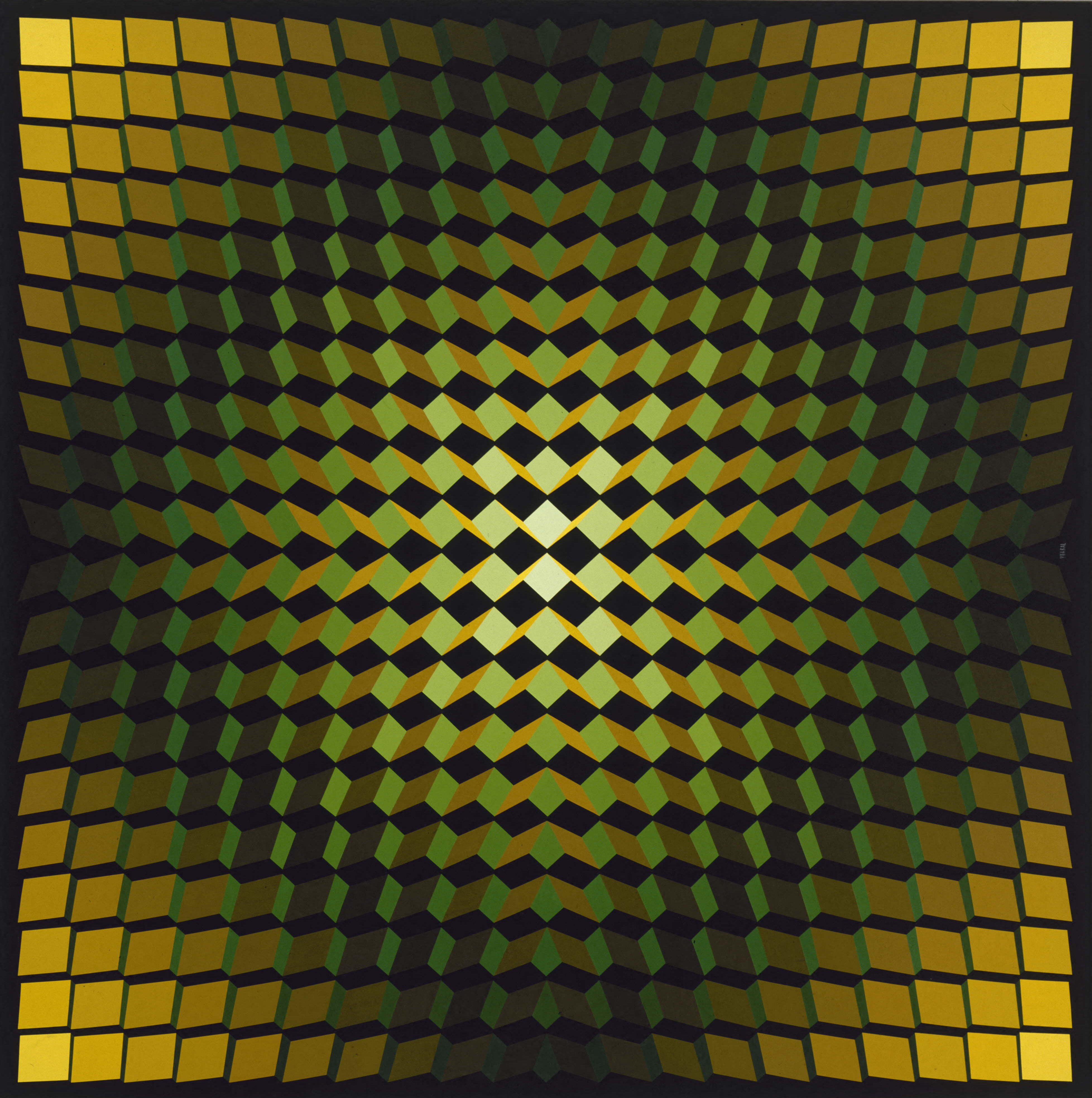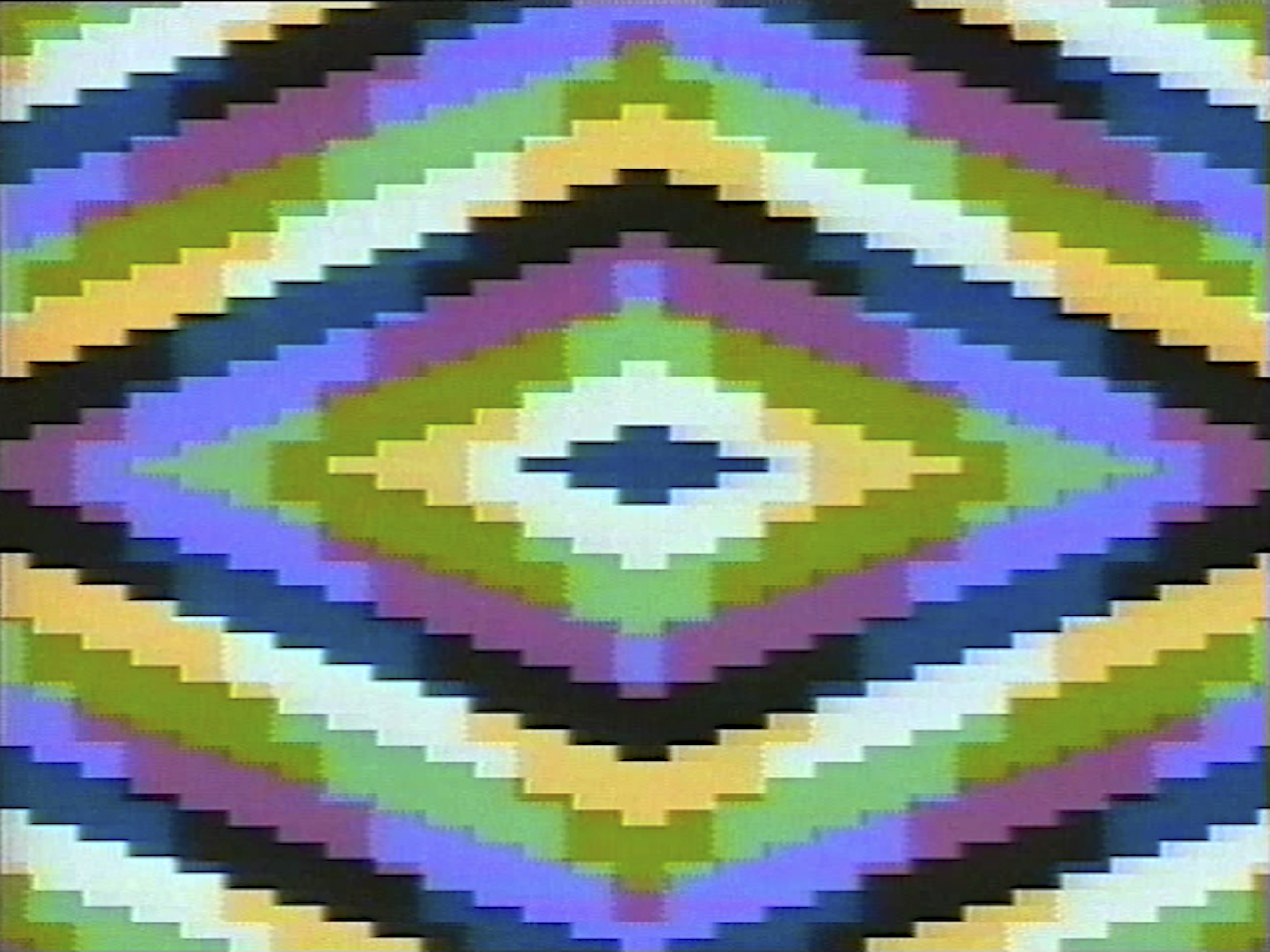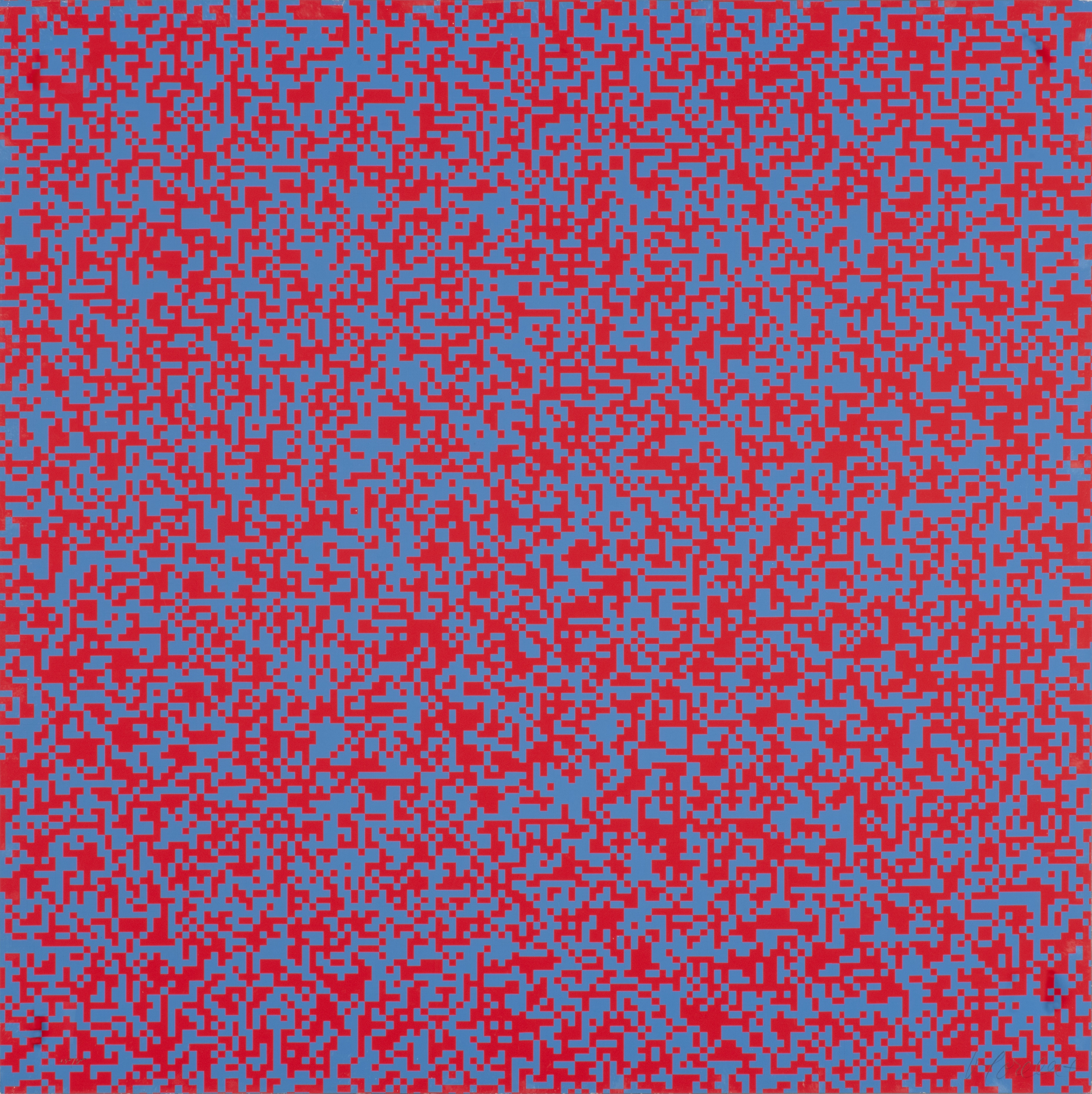-
L'exposition
Riche d’une collection d’art moderne et contemporain où l’abstraction tient une grande place, le Musée d’arts de Nantes et le Buffalo AKG Art Museum (Etats-Unis) proposent une exposition inédite présentant les liens historiques, théoriques et formels entre l’art optique et l’art vidéo et informatique, des années 1960 à nos jours.
Dans les années 1960, l’art optique se diffuse largement dans les arts et dans la culture populaire, porté par des artistes comme Victor Vasarely, Yaacov Agam ou encore Jesús Rafael Soto. Plaçant l’expérience du visiteur face aux œuvres au cœur de leurs préoccupations, les artistes de l’Op art jouent avec les effets d’optique pour tromper la perception du public.
L’essor des technologies de l’information et de la communication fascine en effet les artistes optiques. Dans le même temps, les ingénieurs informatiques comprennent les facultés artistiques de leurs outils de travail. Chacun expérimente et explore alors les capacités de création des nouveaux outils et langages. Résultat : répétition programmée, binarité, pixels et moirés deviennent des motifs avec lesquels les artistes composent encore aujourd’hui.Avec plus de 80 peintures, dessins générés par ordinateur, sculptures, vidéos et installations numériques, cette exposition dévoile comment art optique et nouveaux médias s’influencent mutuellement, à la découverte des pionniers des années 1960 jusqu’aux artistes numériques plus contemporains.

LE LABO : À vous de jouer !
Pour mieux comprendre, rien de tel que l’expérimentation ! Le musée a imaginé un espace au centre de l’exposition, dans lequel petits et grands pourront aller et venir afin de tester la création programmée, les jeux optiques et les principes numériques mis en action par les artistes de l’exposition.
Le Labo, c’est un espace où l’on peut voir, comprendre et toucher sans modération !Une exposition organisée en cinq sections

1- Introduction : Op art et art cinétique
Les œuvres sélectionnées démontrent l’intérêt précoce de ces artistes pour les innovations de leur temps (recherches optiques, nouveaux matériaux), comme leur concomitance historique et esthétique avec les débuts de l’art vidéo.
2- Répétition programmée
Cette section met en avant la répétition comme procédé créatif dans les œuvres optiques. Celles-ci découlent d’un programme, défini au préalable.
3- Binarité
Cette section permet d’apprécier les effets esthétiques de la binarité en associant noir et blanc optique et noir et blanc informatique, des premières images modélisées sur ordinateur et impressions au traceur, aux lignes de codes travaillées par les artistes numériques comme Ryoji Ikeda.
4- 3D
Cette partie étudie les parentés historiques et formelles entre art optique et arts des nouveaux médias par le double biais de la perception humaine de la profondeur et de la modélisation 3D. L’art optique, en faisant de la vision binoculaire humaine son sujet privilégié, questionne très tôt nos facultés optiques et cérébrales.
Aujourd’hui, le jeu optique persiste chez plusieurs artistes numériques pratiquant l’animation 3D.
5 – Pixel
L’image numérique est, de fait, la reproduction comprimée d’une image, résumée en une multitude de points lumineux colorés (les pixels), ce qui permet sa diffusion. La trame orthonormée pixellisée devient et demeure le terrain de jeux infinis de nombreux artistes.
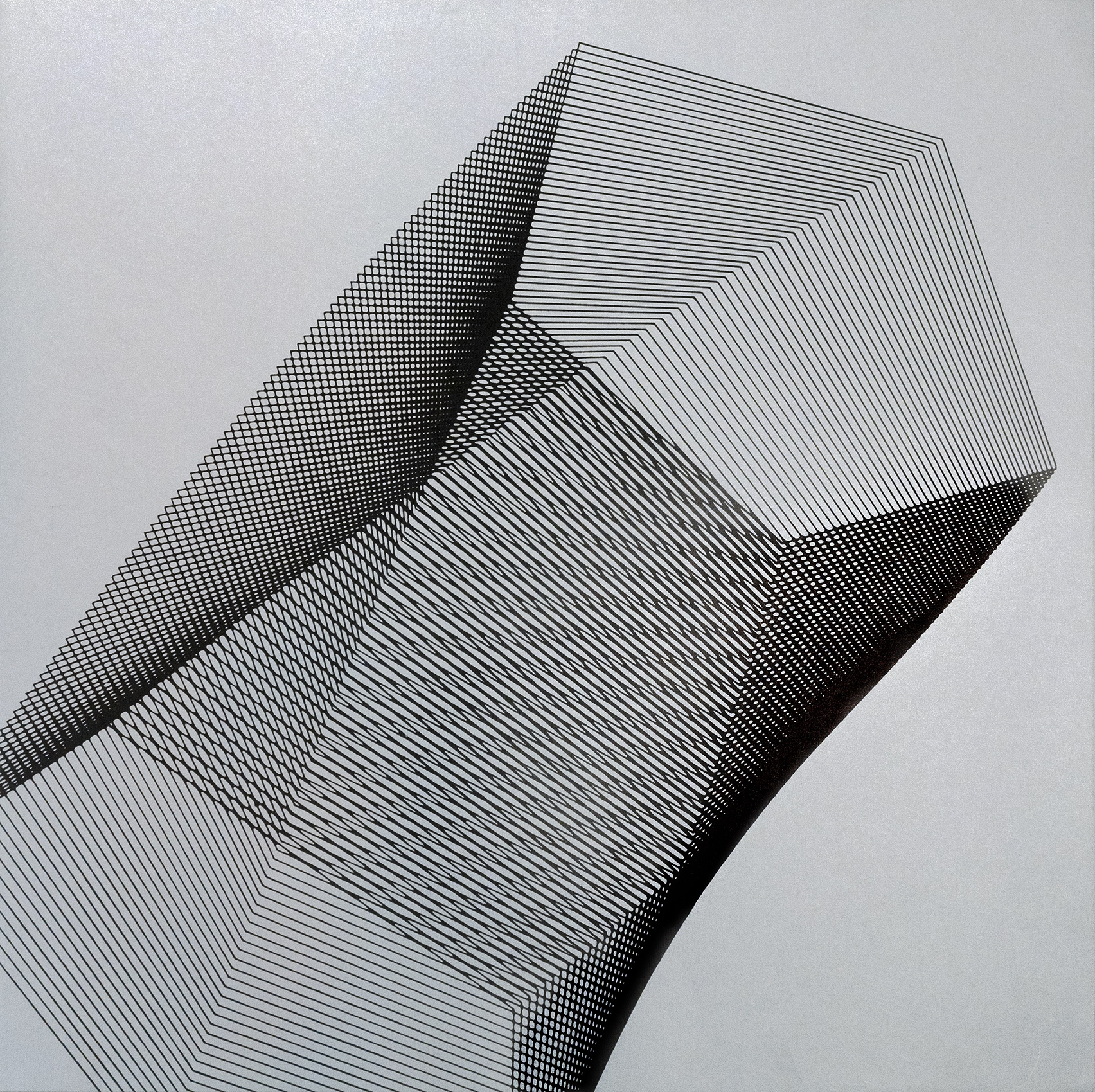
-
En photos
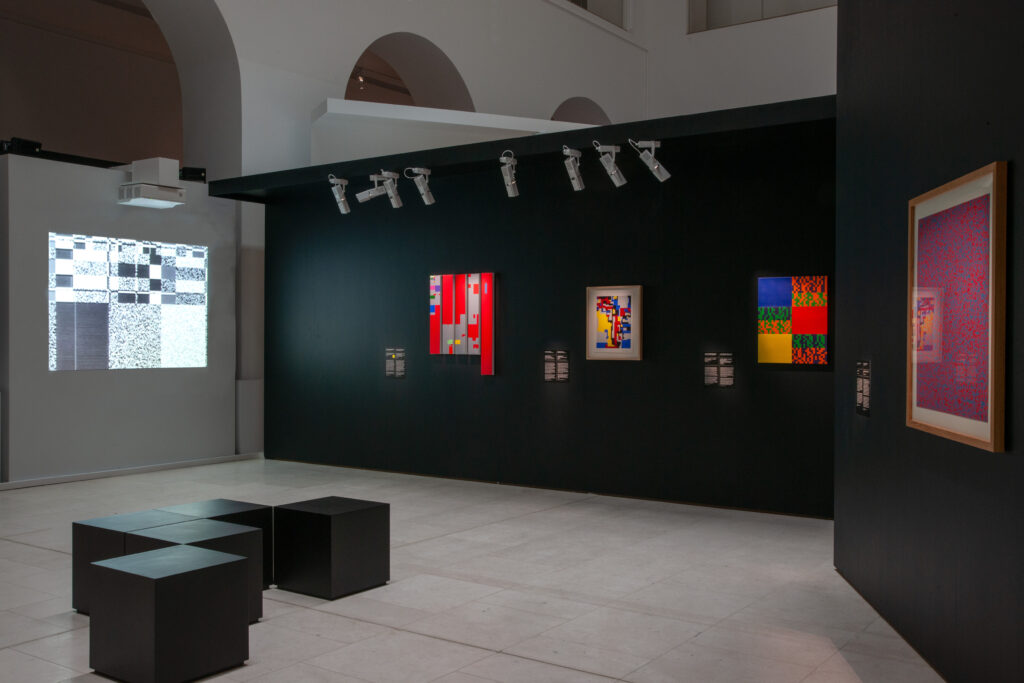
Vue de l’exposition Electric Op présentée du 4 avril au 31 août 2025…. 
Vue de l’exposition Electric Op présentée du 4 avril au 31 août 2025…. 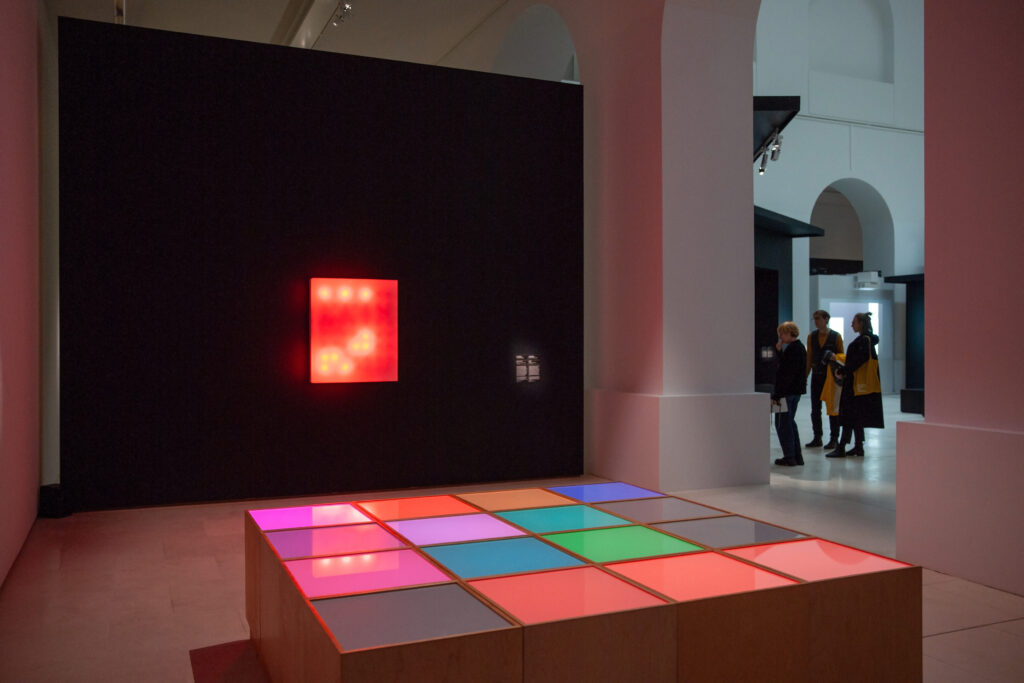
Vue de l’exposition Electric Op présentée du 4 avril au 31 août 2025…. 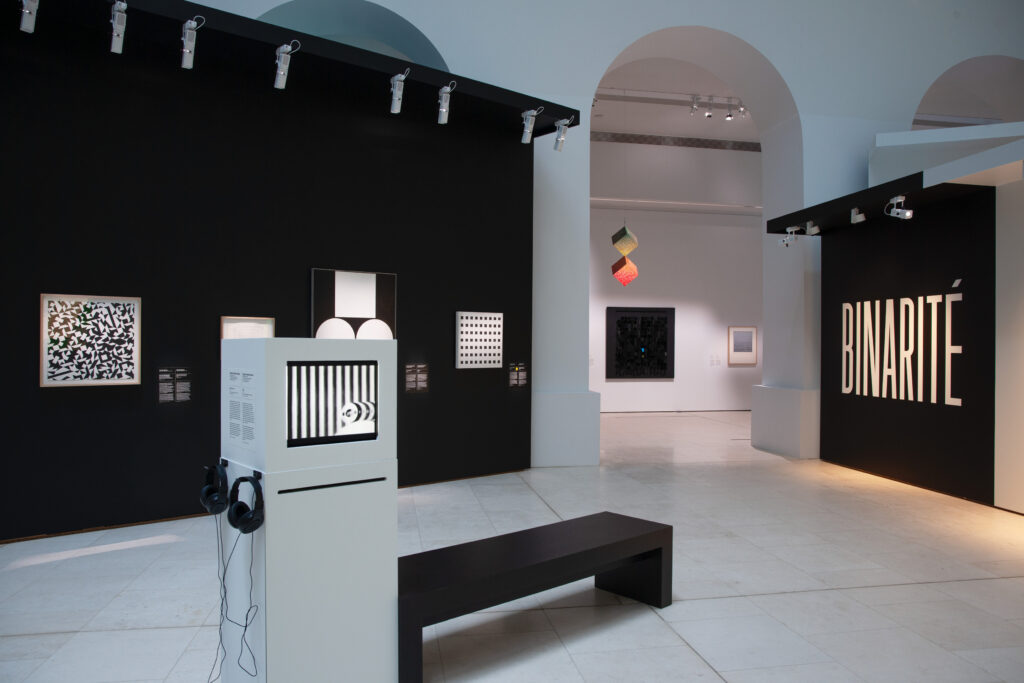
Vue de l’exposition Electric Op présentée du 4 avril au 31 août 2025…. 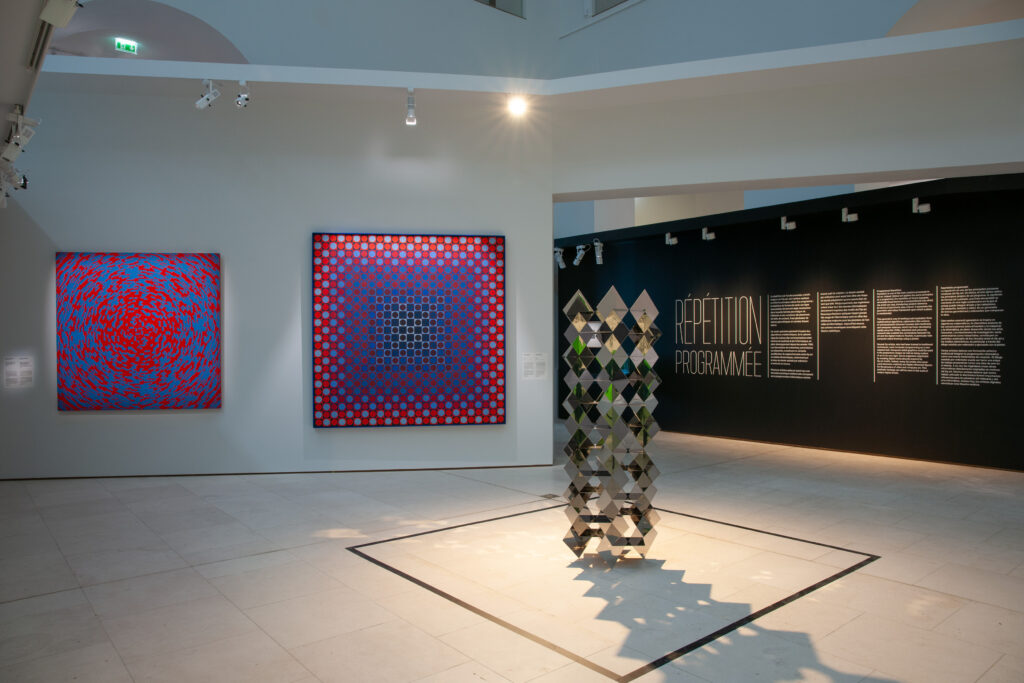
Vue de l’exposition Electric Op présentée du 4 avril au 31 août 2025…. 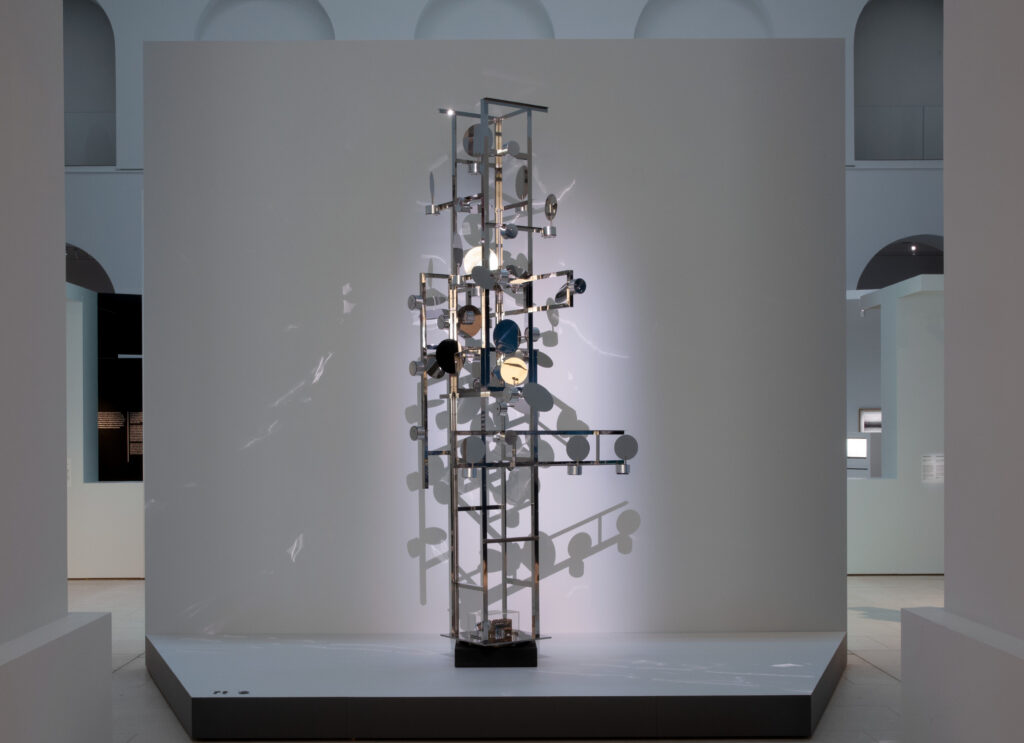
Vue de l’exposition Electric Op présentée du 4 avril au 31 août 2025…. -
En vidéo
Au cœur de l’exposition avec Salomé Van Eynde
Commissaire de l’exposition, Salomé van Eynde nous présente Electric Op. De l’art optique à l’art numérique.
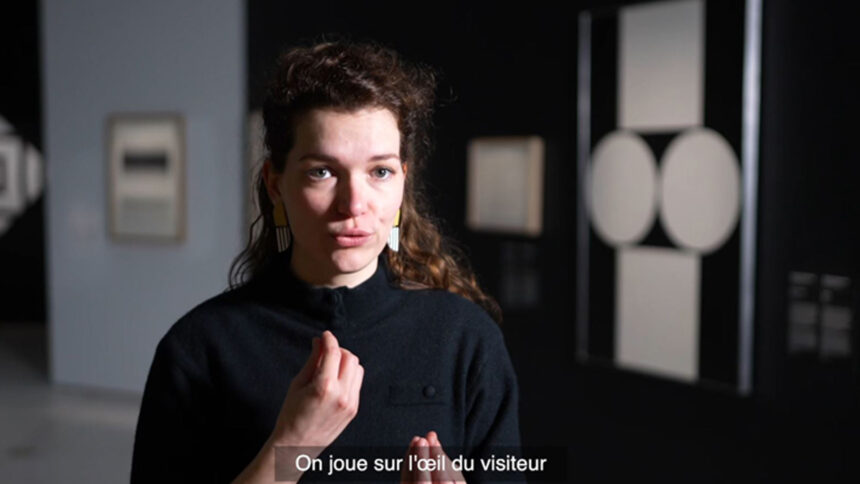
Salomé Van Eynde, commissaire de l'exposition. Micros trottoirs
Au cœur de l’exposition, nous avons recueilli les impressions de visiteurs. Geek, amateur d’art ou famille, ils ont tous leur mot à dire !



-
Catalogue et ouvrages autour de l'expo

Catalogue bilingue anglais/français de l’exposition Electric Op. De l’art optique à l’art numérique, présentée au Musée d’arts de Nantes du 4 avril au 31 août 2025.
Disponible sur consultation à la bibliothèque du musée, et en vente à la librairie-boutique du musée.
Ouvrages sélectionnés par la bibliothèque du musée
Voici une sélection d’ouvrages autour de l’exposition Electric Op. De l’art optique à l’art numérique. Vous pouvez venir les consulter à la bibliothèque sur rendez-vous.
Commissariat de l’exposition : Tina Rivers Ryan, rédactrice en chef d’Artforum, ancienne conservatrice du Buffalo AKG Art Museum.
Commissariat de l’exposition à Nantes : Salomé Van Eynde, chargée d’expositions au Musée d’arts de Nantes
Electric Op. De l’art optique à l’art numérique est une exposition co-organisée par le Buffalo AKG Art Museum et le Musée d’arts de Nantes. Elle est présentée au Buffalo AKG Art Museum du 27 septembre 2024 au 3 février 2025.
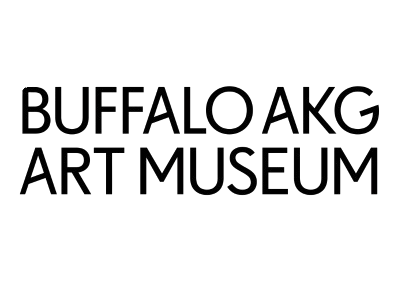
L’exposition bénéficie du soutien de FRench American Museum Exchange (FRAME) que le musée remercie chaleureusement.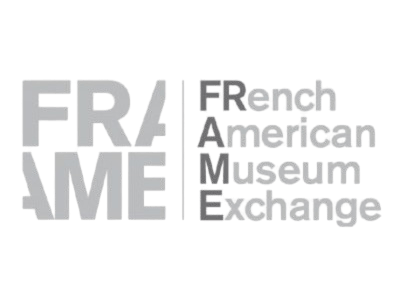
Le Musée d’arts de Nantes remercie son mécène Banque Palatine pour le soutien financier apporté à l’exposition, ainsi que le Fonds Métropolitain pour la Culture.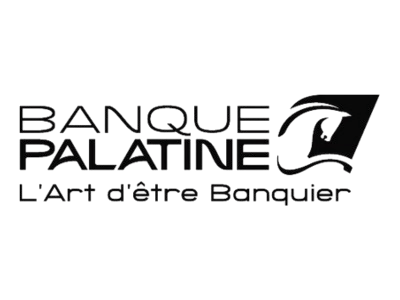
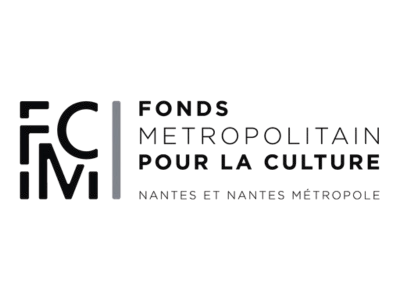
Le musée remercie chaleureusement ses partenaires médias qui, par leur soutien, participent activement à la découverte de l’exposition par le public et la fréquentation de celle-ci.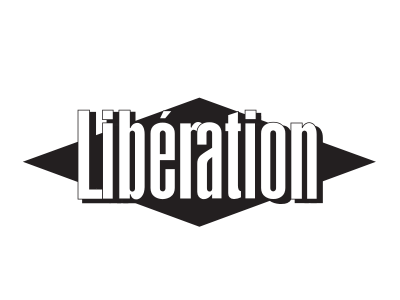
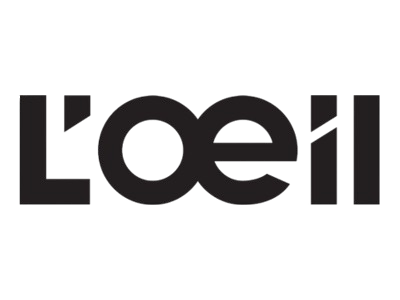
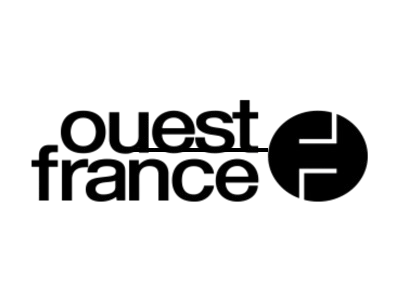

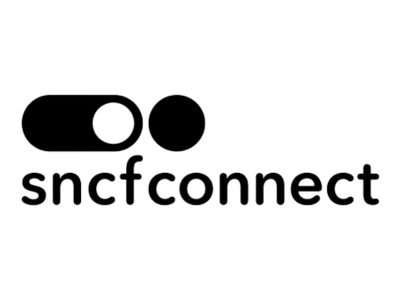
Artistes : Yoshiyuki Abe, Yaacov Agam, Josef Albers, Cory Arcangel, Stephen Beck, Charles Bézie, Computer Technique Group, Martha Boto, Angela Bulloch, Bernard Caillaud, Nicolas Chardon, Analivia Cordeiro, Douglas Coupland, Larry Cuba, Hans Dehlinger, Jean-François Dubreuil, Karl Gerstner, Aldo Giorgini, Peter Halley, Frederick Hammersley, Jean-Pierre Hébert, Gary Hill, Hervé Huitric & Monique Nahas, Ryoji Ikeda, JODI, LIA, LoVid, Rafael Lozano-Hemmer, Hiroshi Kawano, William J. Kolomyjec, Leroy Lamis, Julio Le Parc, Eduardo Mac Entyre, Heinz Mack, Jean-Claude Marquette, Vera Molnár, Manfred Mohr, François Morellet, Rhea Myers, Frieder Nake, Georg Nees, Aurélie Nemours, A. Michael Noll, Casey Reas, Oscar Reutersvärd, Bridget Riley, Kristen Roos, Rafaël Rozendaal, Nicolas Schöffer, Lillian F. Schwartz, Michel Seuphor, Francisco Sobrino, Jesús Rafael Soto, Laura Splan, Jen Stark, Lloyd Sumner, Zdeněk Sýkora, Luis Tomasello, Stan Vanderbeek, Livinus et Jeep van de Bundt, Victor Vasarely , Steina et Woody Vasulka, Leo Villareal , Gerhard von Graevenitz, Marius Watz , John Whitney, Yvaral, Edward Zajec, Anton Zöttl
Légende et crédits
François Morellet, Répartition aléatoire de 20% de carrés, superposée 5 fois en pivotant au centre, 1970. Nantes, Musée d’arts de Nantes © Musée d’arts de Nantes, photo. : C. Clos © Adagp, Paris, 2025
Leo Villareal, Red Life, 1999. Buffalo AKG Art Museum. Don de Zoë and Joel Dictrow, 2007 © Leo Villareal. Photo : Brenda Bieger, Buffalo AKG Art Museum
